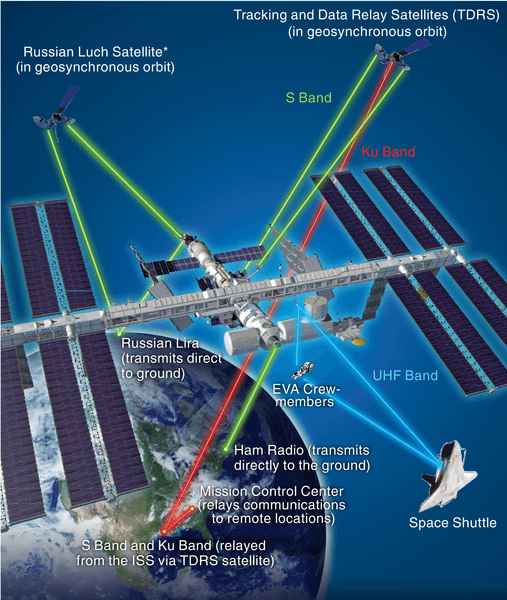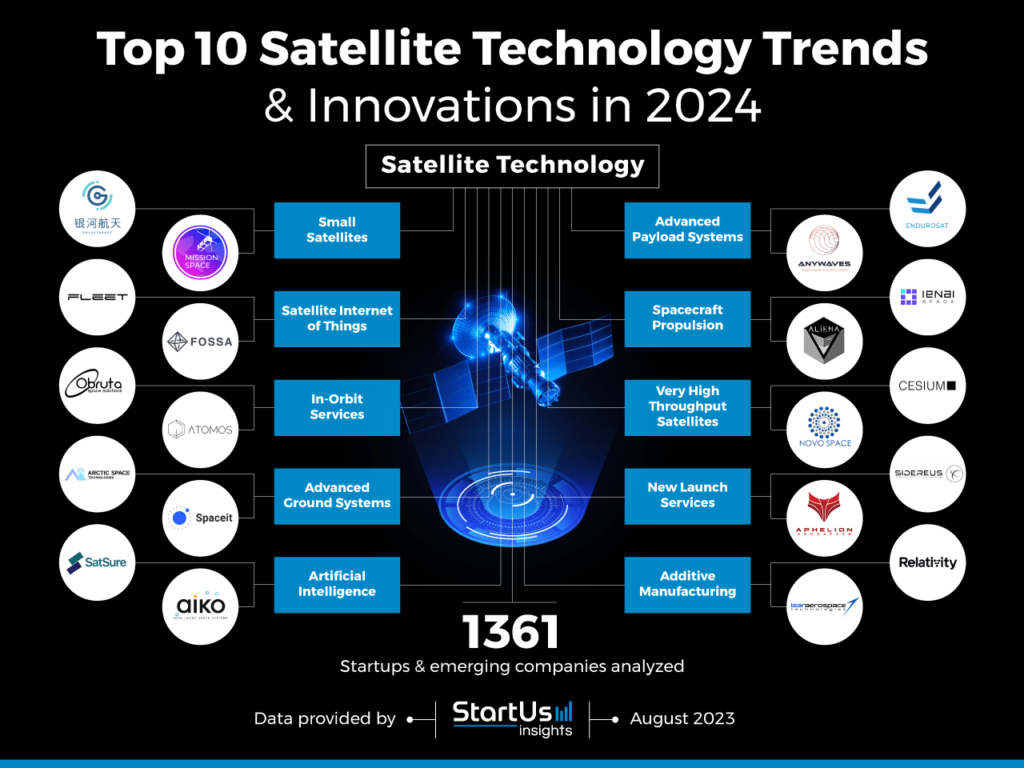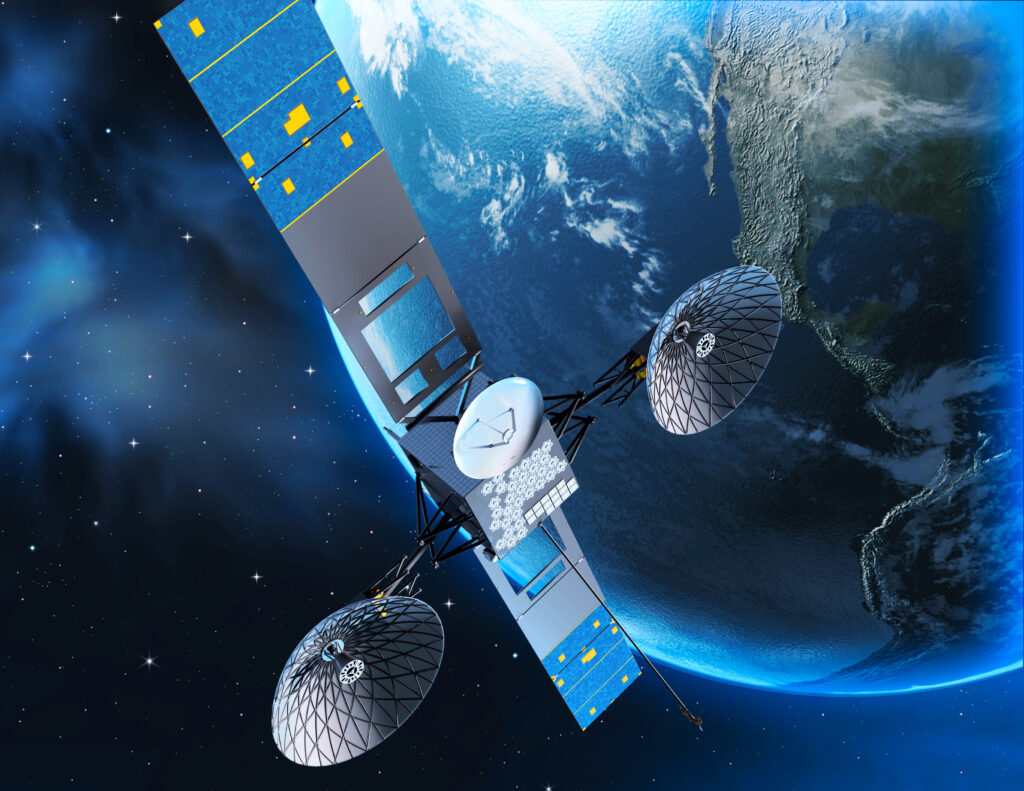Satel ACSP, a company under Osec B.V., presents the Osec Webcast focused on the latest developments in satellite communications. The webcast covers topics such as satellite communication solutions, networking technologies, and security measures. This valuable resource provides viewers with insights into the products and services offered by Satel ACSP, including the ACP fire alarm system featuring addressable smoke detectors and white sounders. The collaboration between Osek and Satel allows for input and improvements in product development, making it an informative and engaging webcast for individuals interested in staying informed about the satellite industry.
Dennis Jor and Marco Kramer from Osek delve into the ACP fire alarm system in the webcast, showcasing the two-loop panel with 128 components per loop. The ACP central is certified for use in the Netherlands and offers unique features like addressable smoke detectors and white components, deviating from traditional red colors. The webcast highlights the collaboration between Osek and Satel, emphasizing the importance of incorporating input from installers for product innovation. Through the discussion on the ACP system, viewers gain a deeper understanding of the advancements in satellite communications and the thoughtful design considerations behind the components.

This image is property of i.ytimg.com.
Overview of Satellite Communications
Satellite communications refer to the transmission of signals between a sender and a receiver using a satellite as a relay station in space. This technology allows for long-distance communication where traditional land-based infrastructure is not feasible or cost-effective. Satellite communications have revolutionized how we connect and exchange information globally.
Definition of satellite communications
In basic terms, satellite communications involve the use of artificial satellites to transmit data, voice, and video signals between locations on Earth. These satellites orbit the planet, acting as relays in the sky to facilitate communication between remote areas. The signals are transmitted from an earth station to the satellite, which then relays the signals back down to another station on Earth.
Brief history of satellite communication technology
The concept of using satellites for communication was first proposed by science fiction writer Arthur C. Clarke in 1945. This idea became a reality with the launch of the first artificial satellite, Sputnik 1, by the Soviet Union in 1957. The development of geostationary satellites in the 1960s further enhanced the capabilities of satellite communications, enabling real-time global connectivity.
Importance of satellite communications in today’s world
Satellite communications play a crucial role in various industries, including telecommunications, broadcasting, navigation, and national security. These systems provide reliable and resilient communication links that are essential for disaster response, remote monitoring, and global connectivity. With the evolution of technology, satellite communications continue to evolve to meet the growing demands of our interconnected world.
Recent Trends in Satellite Communications
Recent advancements in satellite technology have transformed the capabilities of satellite communications, making them more efficient, reliable, and accessible. From new satellite constellations to emerging communication solutions, the landscape of satellite communications is constantly evolving to meet the demands of an interconnected world.
Advancements in satellite technology
The development of high-throughput satellites (HTS) has significantly increased the data speeds and capacity of satellite communications. These advanced satellites employ sophisticated technologies to deliver broadband, multimedia, and IoT services with enhanced performance and efficiency.
Emerging satellite communication solutions
New satellite constellations, such as SpaceX’s Starlink and OneWeb, are revolutionizing how we access the internet and communicate globally. These mega-constellations consist of thousands of interconnected satellites that provide low-latency, high-speed internet services to underserved regions and remote areas.
Impact of 5G on satellite communications
The integration of 5G technology with satellite communications offers greater bandwidth, faster data speeds, and improved connectivity for mobile and fixed services. 5G satellites are poised to revolutionize how we communicate, enabling seamless integration with terrestrial networks for enhanced performance and coverage.
Integration of AI and machine learning in satellite systems
Artificial intelligence and machine learning algorithms are being integrated into satellite systems to optimize network performance, predict maintenance issues, and enhance security. By analyzing vast amounts of data in real-time, AI-driven satellite networks can adapt to changing conditions and deliver optimal service quality.
Satellite Networking Technologies
Satellite networking technologies encompass a range of systems and protocols that enable communication between satellites, ground stations, and end-users. These technologies are essential for establishing efficient and reliable communication links in space and on Earth.
Overview of satellite networking
Satellite networking involves the transmission of data between satellites, ground stations, and user terminals using radio frequency signals. These networks are designed to enable seamless communication across vast distances and provide connectivity to remote areas with limited terrestrial infrastructure.
Types of satellite networks
There are several types of satellite networks, including geostationary, medium Earth orbit (MEO), and low Earth orbit (LEO) constellations. Each type offers unique advantages in terms of coverage, latency, and capacity, catering to different communication needs and applications.
Key characteristics of satellite networking technologies
Satellite networking technologies feature high reliability, global coverage, and scalability, making them ideal for a wide range of applications, including telecommunication, broadcasting, and remote sensing. These systems are designed to deliver secure and resilient connectivity in challenging environments.
Challenges and future prospects in satellite networking
Despite their capabilities, satellite networks face challenges such as signal latency, spectrum congestion, and cybersecurity threats. Future developments in satellite networking technologies aim to address these challenges and enhance the performance, efficiency, and security of satellite communications.
Security Measures in Satellite Communications
Security is a critical aspect of satellite communications, given the sensitive nature of the information transmitted through these systems. Encryption techniques, cybersecurity protocols, and secure satellite networks are essential to safeguard data and protect against potential threats.
Importance of security in satellite communications
Ensuring the security and integrity of satellite communications is vital to protect sensitive data, maintain operational confidentiality, and prevent unauthorized access. Security measures are implemented at various levels of satellite networks to mitigate risks and safeguard information.
Encryption techniques in satellite systems
Encryption plays a key role in securing satellite communications by encoding data to prevent unauthorized interception or tampering. Advanced encryption standards (AES), secure key exchange protocols, and cryptographic algorithms are used to encrypt signals and ensure confidential transmission.
Cyber threats to satellite networks
Satellite networks are vulnerable to cyber threats such as hacking, jamming, spoofing, and denial of service attacks. These threats pose risks to data confidentiality, network availability, and system integrity, highlighting the need for robust cybersecurity measures and continuous monitoring.
Recent developments in satellite security
Recent advancements in satellite security include the implementation of secure communication protocols, anomaly detection systems, and intrusion prevention mechanisms. Satellite operators and security experts collaborate to enhance the resilience and protection of satellite communications against evolving cyber threats.

This image is property of www.hermeticseal.com.
Satellite Communication Solutions
Satellite communication products and services offer a diverse range of solutions for global connectivity, remote monitoring, and emergency communication. From satellite phones and data terminals to internet services and IoT solutions, these products play a crucial role in various industries and applications.
Overview of satellite communication products
Satellite communication products include satellite phones, handheld terminals, modems, and antennas that enable voice and data communication in remote and challenging environments. These products are designed for reliability, durability, and portability to meet the needs of users worldwide.
Satellite phones and data terminals
Satellite phones provide voice and messaging capabilities in areas without cellular coverage, enabling users to stay connected even in remote or disaster-stricken regions. Data terminals allow users to access the internet, send emails, and communicate via satellite connectivity.
Satellite internet services
Satellite internet services deliver broadband connectivity to underserved areas, remote locations, and maritime vessels where terrestrial networks are unavailable. High-speed satellite internet enables users to stream content, conduct business operations, and access online services from anywhere in the world.
Satellite-based IoT solutions
Satellite-enabled IoT solutions support a wide range of applications, including asset tracking, environmental monitoring, and smart agriculture. These solutions use satellite connectivity to collect data, monitor sensors, and transmit information for improved visibility and control in diverse industries.
Applications of Satellite Communications
Satellite communications find widespread applications in various industries and sectors, offering reliable and resilient connectivity for critical operations, remote monitoring, and emergency response. From telecommunications to defense, agriculture to disaster relief, satellite technology plays a crucial role in enabling global communication and connectivity.
Telecommunications industry
Satellite communications are integral to the telecommunications industry, providing mobile and fixed services, broadband connectivity, and network coverage for remote and underserved regions. Satellite networks support voice, data, and multimedia services, enabling global communication and connectivity.
Military and defense applications
Satellite communications are vital for military and defense applications, enabling secure and encrypted communications, surveillance, intelligence gathering, and command and control operations. Military satellites support mission-critical activities, strategic planning, and situational awareness in complex operational environments.
Disaster response and emergency communications
Satellite communications play a crucial role in disaster response efforts, providing reliable and resilient connectivity for first responders, relief organizations, and affected communities. Satellite networks enable emergency communication, coordination, and resource management during natural disasters, humanitarian crises, and public emergencies.
Agriculture and environmental monitoring
Satellite technology is used for agriculture and environmental monitoring applications, such as crop analysis, soil moisture detection, and weather forecasting. Satellite data helps farmers, researchers, and policymakers make informed decisions, optimize resource management, and promote sustainable practices in agriculture and environmental conservation.

This image is property of www.startus-insights.com.
Collaboration Between Osec and Satel
The collaboration between Osec and Satel represents a strategic partnership focused on product development, innovation, and industry leadership in satellite communications. By leveraging their respective expertise, resources, and technologies, Osec and Satel aim to drive growth, enhance customer value, and advance the capabilities of satellite communication solutions.
Partnership overview
Osec and Satel have established a collaborative partnership to combine their strengths in satellite communications, networking technologies, and security solutions. This partnership enables cross-functional collaboration, knowledge sharing, and joint initiatives to deliver cutting-edge products and services to the market.
Product development initiatives
Through collaborative product development efforts, Osec and Satel work together to innovate, design, and launch new satellite communication solutions that address evolving customer needs and industry trends. By leveraging their combined expertise and resources, the partners develop advanced products that meet the demands of a dynamic and competitive market.
Joint projects and innovations
Osec and Satel engage in joint projects, research initiatives, and technology innovations to drive industry advancements and maintain a competitive edge in the satellite communications market. By pooling their knowledge, capabilities, and insights, the partners foster a culture of innovation, creativity, and continuous improvement in their product offerings.
Benefits of collaboration for the satellite communications industry
The collaboration between Osec and Satel brings significant benefits to the satellite communications industry, including enhanced product quality, expanded market reach, and accelerated innovation. By working together, the partners create synergies, efficiencies, and value for customers, stakeholders, and the broader satellite ecosystem.
Osec Webcast on Satellite Communications
The Osec Webcast, presented by Satel ACSP, offers a valuable platform for industry professionals, enthusiasts, and stakeholders to learn about the latest trends, technologies, and insights in satellite communications. The webcast covers a wide range of topics, including satellite communication solutions, networking technologies, and security measures, providing a comprehensive overview of the industry.
Introduction to Osec Webcast
The Osec Webcast is an online event hosted by Satel ACSP to showcase the products, services, and expertise of Osec B.V. The webcast features informative presentations, panel discussions, and interactive sessions on satellite communications, networking technologies, and related topics, offering valuable insights and updates to the audience.
Topics covered in the webcast
The webcast covers a diverse range of topics related to satellite communications, including recent trends, advancements, and applications in the industry. Speakers discuss emerging technologies, security challenges, and future prospects in satellite networking, offering expert analysis and perspectives on the evolving landscape of satellite communications.
Speakers and presenters
The webcast features industry experts, thought leaders, and professionals from Osec and Satel, who share their knowledge, experiences, and insights on satellite communications. These speakers provide valuable information, practical advice, and technical expertise to help viewers understand the complexities and opportunities in the satellite industry.
Audience and viewership insights
The webcast attracts a diverse audience of industry professionals, researchers, students, and enthusiasts who are interested in satellite communications and related fields. Viewership data and audience feedback provide valuable insights into viewer preferences, engagement levels, and interest areas, guiding the content, format, and scheduling of future webcast events.

This image is property of www.startus-insights.com.
ACP Fire Alarm System
The ACP Fire Alarm System, developed by Osec and Satel, is a cutting-edge solution for fire detection, alarm monitoring, and emergency response. This advanced system features state-of-the-art components, intuitive controls, and robust security measures to ensure reliable and efficient fire protection in various environments.
Overview of ACP system
The ACP Fire Alarm System is a two-loop panel designed to support up to 128 components per loop, providing comprehensive coverage and detection capabilities for fire alarm systems. This system offers advanced functionalities, flexible configurations, and user-friendly interfaces for simplified operation and maintenance.
Features of ACP central panel
The central panel of the ACP Fire Alarm System is equipped with all necessary certifications and compliance standards for use in the Netherlands and other regions. It features a user-friendly interface, intuitive controls, and advanced diagnostics to facilitate efficient monitoring, management, and response to fire alarms and emergencies.
Certifications and compliance standards
The ACP Fire Alarm System meets stringent regulations, standards, and certifications for fire safety, performance, and reliability. These certifications ensure that the system complies with industry requirements, legal mandates, and best practices for fire detection, notification, and evacuation in various settings.
Addressable smoke detectors and white sounders
The ACP Fire Alarm System integrates addressable smoke detectors and white sounders to enhance fire detection, notification, and evacuation procedures. These components are designed for high sensitivity, rapid response, and clear alerts to ensure early detection and timely evacuation in the event of a fire emergency.
Conclusion
In conclusion, satellite communications play a pivotal role in connecting people, businesses, and communities worldwide. From providing global connectivity to supporting critical applications in telecommunications, defense, and emergency response, satellite technology continues to drive innovation, resilience, and efficiency in communication networks. By embracing recent trends, advancements, and collaborations in satellite communications, stakeholders can harness the full potential of this transformative technology for a brighter and more connected future. As the industry evolves and faces new challenges, stakeholders and industry professionals must remain vigilant, adaptive, and forward-thinking to seize opportunities, address risks, and shape the future of satellite communications for the benefit of society and the global community.

This image is property of www.nasa.gov.